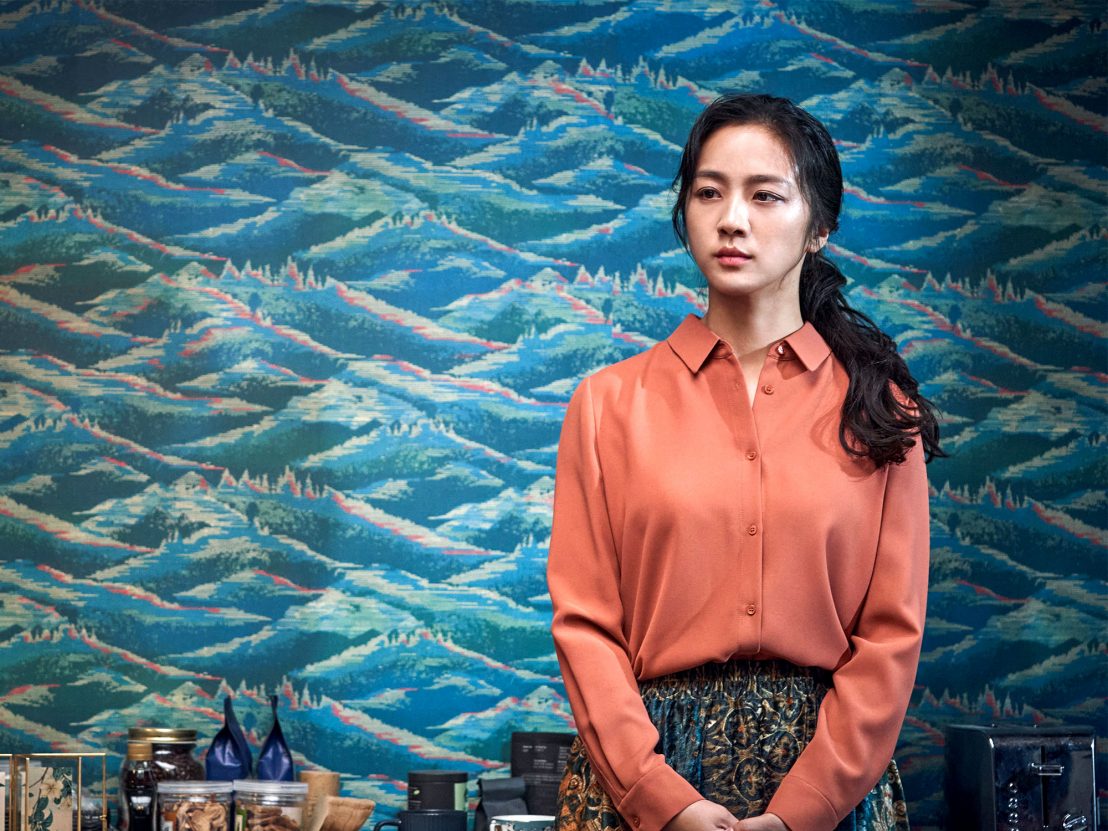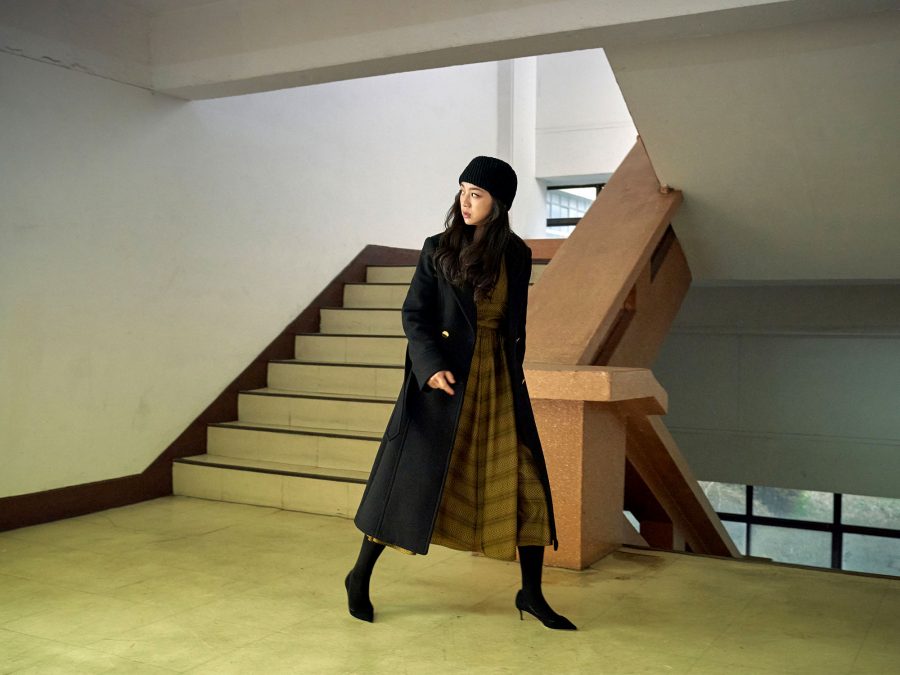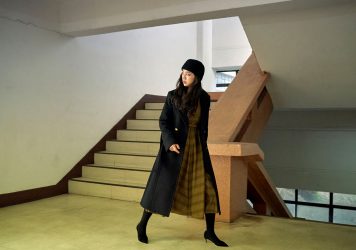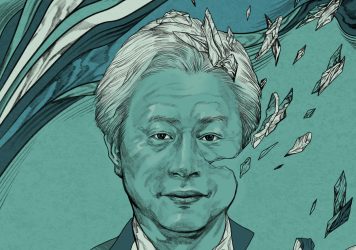
In a new series, we’re celebrating the films we loved that aren’t likely to dominate the awards race. Over the new few weeks, our writers make passionate arguments for the performances and craft that stood out to them, from blockbusters to arthouse and everything in between.
When it comes to costume design prizes and the Academy Awards, the choice will almost always be between history or fantasy. The Oscar nominations generally favour period pieces, or the odd ‘prestige’ genre movie that’s also found love in other categories – Mad Max: Fury Road or Black Panther, for example.
On very rare occasions where non-fantastical features set in the present enter Oscar conversations for costuming, it’s usually for films where contemporary fashion is explicitly prominent in the story, such as The Devil Wears Prada. Luca Guadagnino’s I Am Love, set just a few years before its 2011 nomination, also falls under this umbrella, in following very wealthy characters who can afford runway fashion on the regular.
With this in mind, there’s a far less showy contemporary contender that was overlooked with this year’s nominees, but is no less crucial in reflecting the characters and narrative of the respective film. The tale of a married Busan-based detective getting too close to a suspect under his surveillance, Park Chan-wook’s Decision to Leave most immediately stands out in costuming terms with the sumptuous outfits worn by Song Seo-rae (Tang Wei), the wife of a murdered man, who’s being interrogated by inspector Jang Hae-joon (Park Hae-il).
Her brightly-coloured skirts, shirts, dresses, jackets and sweaters are regularly the most eye-catching element in the film’s spaces as she interacts with others, while at her home she blends in more with the surrounding interiors – costume designer Kwak Jung-ae, in production notes, has cited the chameleonic quality as intentional on director Park’s part.
In the twisty film’s back half, Seo-rae begins favouring more ostentatious apparel, seemingly informed by greater desire to catch Hae-joon’s attention. One of her most striking outfits in this section becomes a key piece of evidence: a dress that appears either blue or green, depending on the light, leading to different recollections from those who’ve been in its presence. The costume is the perfect expression of how she’s perceived through different people’s perspectives.
While many of the film’s clever costuming decisions can be found with Seo-rae’s presentation, the thoughtful choices aren’t relegated to one major character. Indeed, while Hae-joon is mostly in his detective work clothing for much of the runtime, the details of the deceptively simple designs do actually convey considerable character information, as do subtle changes to his attire across the film.

In contrast to the more casual wear of his younger partner, Soo-wan (Go Kyung-Pyo), Hae-joon opts for a suit and tie for all occasions while on duty in public spaces. Even during a stakeout attempt to catch a long-pursued murder suspect who’s sure to flee, Soo-wan dons a brown leather jacket and what seems to be dark jeans, while Hae-joon maintains a freshly-pressed suited look. Despite knowledge of a likely violent encounter and chase, Hae-joon still wears what he basically would to the office, with the exception of shoes better suited to running, though these are still plain black.
This is all keeping with how he presents his own character to people. He sees himself as a civil servant and component in an organisation. For Hae-joon, wearing a suit and tie is simply the bare minimum way to show respect to citizens as a representative of law and order. Purely for reasons of practicality, an undone top button is the closest thing to scruffiness in his public presentation while on duty.
Footwear is an aspect of costuming that can go overlooked, but rewatches of Decision to Leave highlight imbued meaning in Hae-joon’s shoes. On a weekend date of sorts to a Buddhist temple with Seo-rae, the camera lingers in close-up on the reveal he’s switched from smart shoes to sneakers – admittedly still black, but with sharp white midsoles and tight laces that look never loosened before, as if the shoes were just bought new for this trip. And in a later scene, that Hae-joon has left brown hiking-appropriate footwear by the entrance of Seo-rae’s apartment is an immediate hint to the observant woman, as she arrives home, that he’s enacted further investigation into her previously airtight alibi.
That temple date sequence additionally features the most unique item of clothing Hae-joon wears the entire film: a tan jacket. Outside of this scene, cool blues and various shades of grey are as adventurous as his clothing colours get, even in the context of domestic scenes with his wife, Jeong-ahn (Lee Jung-hyun).
It’s this sequence that also fully underlines deliberate meaning in his sartorial style. “Twelve on the jacket, six on my pants,” he says of his pocket count, when Seo-rae is exploring the contents on him. “Custom-made at my tailor. I solved a case for him once, so I get a discount. I have to go at once when they call, so I wear these even on days off. People don’t stop murdering on the weekends. But it’s not the same set of clothes. I have several pairs. I’m… clean.”
Among his pockets’ contents are hand cream, lip balm, sunglasses, wipes, mints, and, as shown in an earlier scene, a single chainmail glove for defensive purposes. He’s ready for anything, though, notably for a screen detective, he doesn’t carry a firearm in any of those pockets. The fact that he doesn’t keep a weapon on him perhaps plays a factor in how the two key women in his life interact with his attire.
As he stores so many practical items on his person, both Seo-rae and Jeong-ahn casually reach into his clothes when they want something, usually without permission, as though he’s their personal walking vending machine or sentient handbag. Yes, part of this is down to the performances in those moments, but this only speaks to how pivotal the costume design is to the wider storytelling. In a murder mystery that’s all about recontextualisation of details and subtleties in communication, the clothes frequently speak as loud as words.
Published 20 Feb 2023

The South Korean auteur known for squid-chomping, luxe erotica and graphic torture is back with a seductive mystery thriller.

Dive in to the deceptively tranquil waters of Park Chan-wook’s sensational, genre-splicing detective yarn.

By Iana Murray
The incomparable South Korean filmmaker reflects on his dreamy neo-noir, Decision to Leave.